Physicists at RIKEN have demonstrated how ultrafast, low-power-consumption memory devices could be realized by replacing conventional magnetic materials with novel ones.


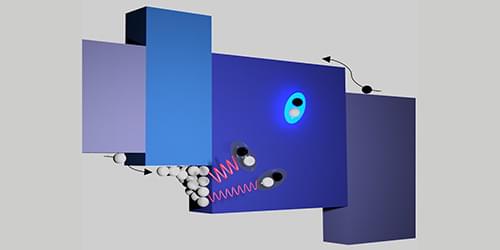
OLED performance depends on the behavior of electron–hole pairs, or excitons, that form within the emissive layer of the device. High efficiencies can be obtained when most of the excitons produce light as they decay, but some excitons can be lost without emitting light through a process known as exciton–polaron quenching (EPQ).
EPQ was believed to occur mainly within the bulk of the emissive layer, but recent studies have suggested that significant quenching can take place at the interface with the adjacent device layers. To isolate this energy-loss channel, the researchers designed a series of bilayer devices that allowed them to identify three physical factors that govern interfacial EPQ in any OLED device. They found that the dominant factor is the effect of the energy barriers experienced by electrons and holes at the interfaces: A barrier higher than about 0.2 eV leads to greater interfacial EPQ, which causes a significant drop in emission efficiency.
Armed with this knowledge the researchers engineered OLED devices to minimize losses from interfacial EPQ, which resulted in efficiency enhancements for red, green, and blue devices of 70%, 47%, and 66%, respectively. The loss mitigation also increased the lifetime of blue OLEDs by as much as 67%, an important result for creating long-lived full-color displays.
A recent demonstration by a YouTuber compared the performance of a hemp battery against a lithium-ion battery, and the results were astounding: the hemp battery was eight times more powerful. Tesla’s new million-mile battery, made from lithium-iron phosphate, is designed to last twice as long as conventional lithium-ion batteries. However, even this advanced battery cannot compete with the power and renewability of hemp-based batteries.
Implications for the Future
The development of hemp batteries offers a more sustainable and affordable alternative to lithium-ion and graphene-based batteries. By replacing lithium batteries with hemp, electric cars and other gadgets can become significantly more eco-friendly. The use of a renewable resource like hemp to create powerful and cost-effective batteries has the potential to revolutionize the battery industry, making our world more energy-efficient and sustainable.
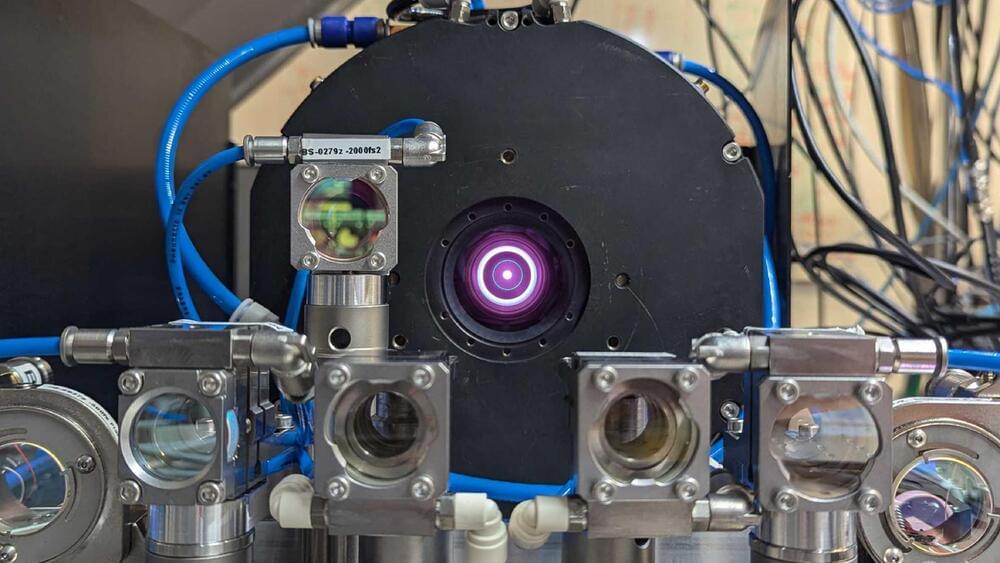
A new laser oscillator generates ultrashort pulses, 50% more powerful than the previous record.
Researchers at ETH Zurich have developed a laser oscillator that produces the most powerful ultra-short laser pulses ever.
The pulses from the laser last for less than 10−12 seconds. However, on average, they carry 550 watts of power, with peak power output reaching 100 megawatts — this is more than enough to power hundreds of thousands of vacuum cleaners together for a short duration.
“They surpass the previous maximum by more than 50 percent. This is, to the best of our knowledge, the highest average power and highest pulse energy ever achieved for any modelocked oscillator,” the researchers note.

Researchers have succeeded in developing a framework for organic thermoelectric power generation from ambient temperature and without a temperature gradient. Thermoelectric devices are devices that can convert heat into electrical energy. Researchers have now developed a thermoelectric device composed of organic materials that can generate electricity from ambient temperature alone. The device is made from copper phthalocyanine and copper hexadecafluoro phthalocyanine as charge $transfer materials and was combined with fullerenes and BCP as electron transport layers.
Researchers have developed a new organic thermoelectric device that can harvest energy from ambient temperature. While thermoelectric devices have several uses today, hurdles still exist to their full utilization. By combining the unique abilities of organic materials, the team succeeded in developing a framework for thermoelectric power generation at room temperature without any temperature gradient. Their findings were published in the journal Nature Communications.
Thermoelectric devices, or thermoelectric generators, are a series of energy-generating materials that can convert heat into electricity so long as there is a temperature gradient — where one side of the device is hot and the other side is cool. Such devices have been a significant focus of research and development for their potential utility in harvesting waste heat from other energy-generating methods.
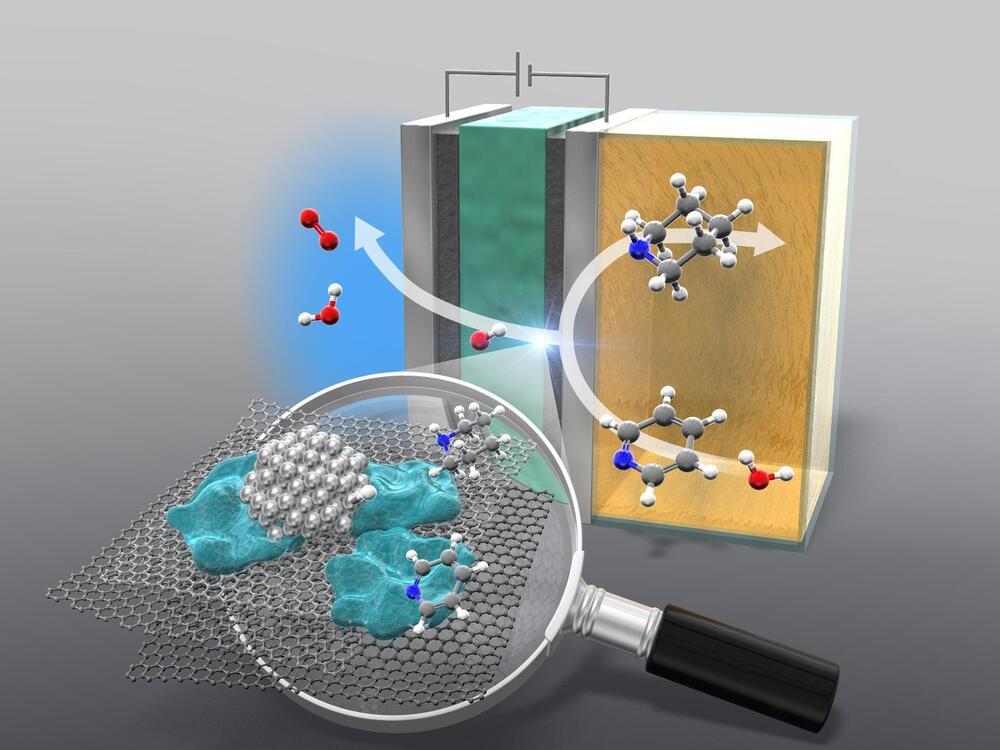
A new study introduces an eco-friendly method using an AEM electrolyzer to hydrogenate cyclic amines, reducing the chemical industry’s carbon emissions. This process replaces fossil fuels with water and renewable electricity, maintaining high efficiency.
To reduce the environmental impact of the chemical manufacturing industry, it is crucial to develop greener methods for producing the chemical building blocks of widely used compounds.
It’s no secret manufacturing processes have some of the most impactful and intense effects on the environment, with the chemical manufacturing industry topping the charts for both energy consumption and emissions output. While this makes sense thanks to the grand scale in which manufactured chemicals are involved in daily life, it still leaves a lot to be desired for sustainability’s sake. By focusing on renewable energy sources and alternative methods for creating the chemical building blocks of some of the most commonly used compounds, researchers hope to reduce the chemical manufacturing industry’s footprint with some green innovation.
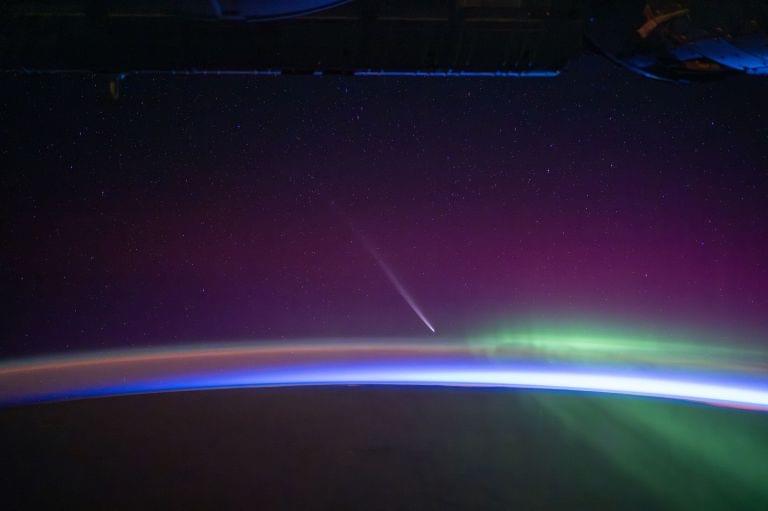
A recently discovered comet, known as C/2023 A3 Tsuchinshan–ATLAS, will make its closest approach of Earth on Saturday. Sky-gazers won’t want to miss the event since it may be the last time the comet will be seen in the night sky for another 80,000 years.
The comet successfully reached perihelion, its closest point to the sun in its orbital path around the parent star, on September 27, and was visible for those in the Southern Hemisphere in September and early October. Now, the icy body is on its way out of the inner solar system and will be visible to those in the Northern Hemisphere in mid-October through early November, according to NASA.
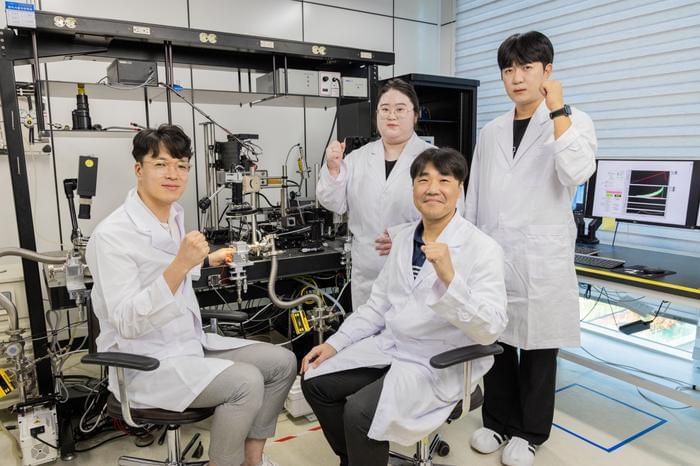
“Our microwave induction heating technology enables fast and easy preparation of hard carbon, which I believe will contribute to the commercialization of sodium-ion batteries,” said Dr. Daeho Kim.
Can sodium-ion batteries be improved to exceed the efficiency and longevity of traditional lithium-ion batteries? This is what a recent study published in Chemical Engineering Journal hopes to address as a team of researchers from South Korea investigated how microwave induction heating can produce sufficient carbon anodes used in sodium-ion batteries. This study holds the potential to help researchers and engineers better understand how to develop and produce efficient sodium-ion batteries, which have demonstrated greater abundancy and stability.
“Due to recent electric vehicle fires, there has been growing interest in sodium-ion batteries that are safer and function well in colder conditions. However, the carbonization process for anodes has been a significant disadvantage in terms of energy efficiency and cost,” said Dr. Jong Hwan Park, who is from the Korea Electrotechnology Research Institute (KERI) and a co-author on the study.
For the study, the KERI-led researchers improved upon existing sodium-ion batteries by using microwave technology, which involves heating carbon nanotubes using a microwave magnetic field, resulting in temperature exceeding 1,400 degrees Celsius (2,550 degrees Fahrenheit) in only 30 seconds. This breakthrough improves upon traditional methods for procuring carbon anodes, which typically require lengthy amounts of time to reach just 1,000 degrees Celsius (1,800 degrees Fahrenheit).


“Hyundai Motor Co., Korea’s largest car seller under Hyundai Motor Group, last month agreed on a strategic partnership with US auto giant General Motors Co. to jointly produce clean hydrogen in the US and develop future mobility solutions such as hydrogen fuel-cell cars and EVs.”
The leaders of Toyota Motor Corp. and Hyundai Motor Group will meet in South Korea later this month, raising expectations of a deepening partnership between the world’s No. 1 and No. 3 auto groups in future mobility technology.
Hyundai Motor announced on Tuesday that Akio Toyoda, chairman of Toyota Motor, will visit South Korea to attend the Hyundai N x TOYOTA GAZOO Racing Festival, which will be held at Everland Speedway on the grounds of the theme park in Yongin on Oct. 27.
Famous racers of Hyundai Motor and Toyota’s auto racing teams will take part in the event, while each company’s chief will visit the other’s booth to share their visions of the mobility industry, according to the company.